Koreana Hotel (코리아나 호텔)
901.1M 2021-06-21
135, Sejong-daero, Jung-gu, Seoul
+82-2-2171-7000
Koreana Hotel has been one of the top notch traveler's picks for more than 30 years, having the business motto 'comfort for our customers.'
The hotel is located at the Gwanghwamun fourway intersection, at the heart of Seoul, and provides 345 guest rooms. Amongst its dining facilities, the hotel boasts a Korean restaurant, Chinese restaurant, Japanese restaurant, and a Western restaurant, as well as a bar, coffee shops, and bakery. Eight banquet halls and a sauna are also available.
The hotel has operated as the main press center restaurant for the 1988 Seoul Olympics, and subsequently operated as the Olympic Village Restaurant for the Special Olympics. As a result of their successful operations, the hotel received lavish praise from the organizers, as well as from the players and staff for the high quality food and spectacular service.
Great Shanghai (대상해)
901.5M 2020-02-07
135, Sejong-daero, Jung-gu, Seoul
+82-2-2171-7869
Great Shanghai is a Chinese restaurant serving deliciously genuine Sichuan and Beijing-style cuisine, located within the Koreana Hotel. Their specialty is shark's fin, directly imported from Sanji, and prepared by the head chef who has over 30 years of experience. Aside from shark's fin, the healthy buldojang, mapadubu and ddanddanmyeon are also top menus. Great Shanghai is decorated with high-quality interior design, and features rooms of various sizes for groups and business dinners.
Jeonjujip (전주집)
906.9M 2024-10-15
16-15 Supyo-ro, 20-gil, Jongno-gu, Seoul
+82-2-2278-3311
A store featured several times in Korean gourmet programs. This Korean dishes restaurant is located in Jongno-gu, Seoul. The most famous menu is kimchi cabbage wraps with pork and oysters.
Hanaro Optics [Tax Refund Shop] (하나로안경원)
907.2M 2024-04-19
48, Namdaemunsijang 4-gil, Jung-gu, Seoul
-
Jeonju Sikdang (전주식당)
908.4M 2021-03-22
16-17, Supyo-ro, 20-gil, Jongno-gu, Seoul
+82-2-2267-5385
A restaurant famous for grilled fish on briquettes. The best menu at this restaurant is grilled cutlassfish. This Korean dishes restaurant is located in Jongno-gu, Seoul.
Mangnae Hoejip (막내회집)
912.8M 2021-04-09
34-11, Namdaemunsijang, 4-gil, Jung-gu, Seoul
+82-2-755-5115
It is a Hoejip (raw fish restaurant) with 26 years’ tradition. This Korean dishes restaurant is located in Jung-gu, Seoul. The representative menu is sliced raw flatfish.
Lemiel Plastic Surgery [Tax Refund Shop] (르미엘성형외과의원)
915.4M 2024-06-27
120, Jong-ro, Jongno-gu, Seoul
-
Le Miel Plastic Surgery (르미엘성형외과의원)
915.4M 2025-09-23
3rd Floor, 120 Jongno, Jongno-gu, Seoul
Valuable Beauty, Lemiel Plastic Surgery
A premium clinic where delicate technique and artistic sensibility come together. We provide not just external changes, but customized treatments that enhance each individual’s natural charm. Specialized in fast-recovery eyebag surgery using Encore Laser, customized eye surgery for facial balance, tailored lifting based on body type, and petite procedures that refine facial curves and volume.
Jangan Accessory Shopping Center (장안 액세서리상가)
920.9M 2021-06-04
42-2, Namdaemunsijang 4-gil, Jung-gu, Seoul
+82-2-753-5600
Jangan Accessory Shopping Center has a history of offering visitors unique accessories with colorful designs. Each shop boasts its own items, different from other stores. Visitors can enjoy purchasing accessories at discounted prices.
Jinju Hoegwan (진주회관)
921.7M 2024-06-19
26 Sejong-daero 11-gil, Jung-gu, Seoul
+82-2-753-5388
Jinju Hoegwan is a renowned kongguksu (noodles in cold soybean soup) eatery near City Hall Station. Kongguksu is a traditional Korean summer dish made by boiling and grinding soybeans into a creamy broth, served with noodles, offering a refreshing and nutty flavor. Kongguksu is available from March to November. Their staff-recommended menu includes kimchi bokkeumbap (kimchi fried rice), freshly roasted by the staff, along with kimchi jjigae and samgyeopsal (pork belly).
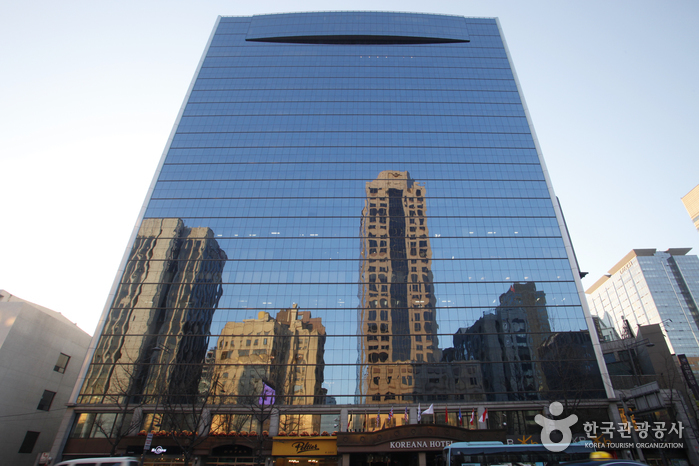
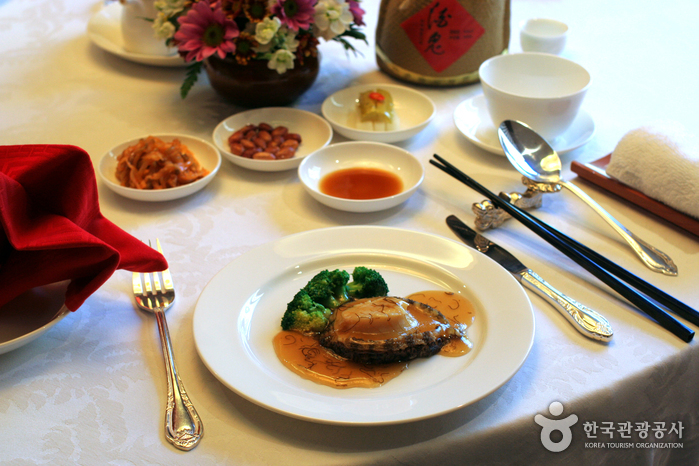
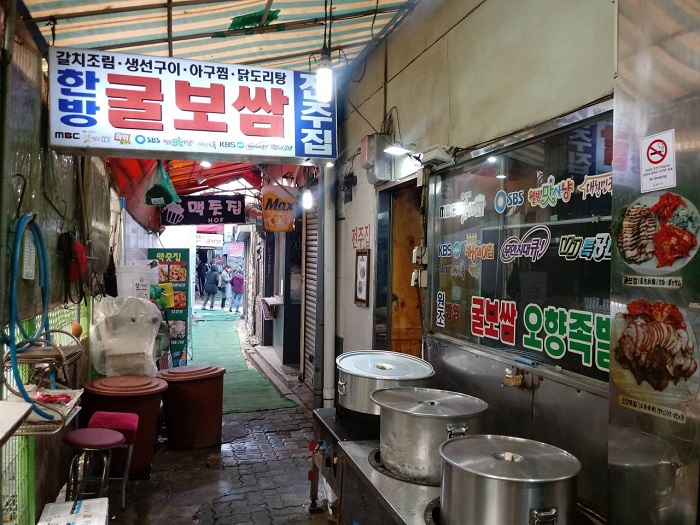
![Hanaro Optics [Tax Refund Shop] (하나로안경원)](http://tong.visitkorea.or.kr/cms/resource/80/2878580_image2_1.jpg)
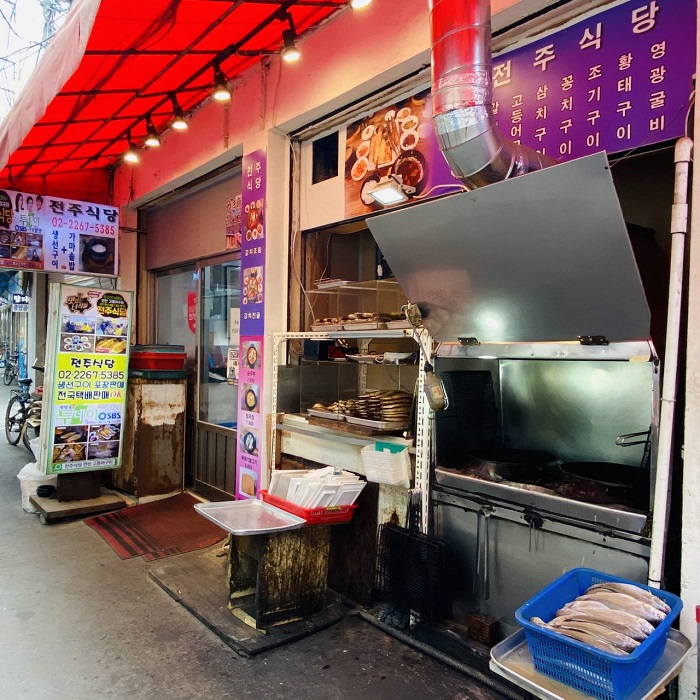
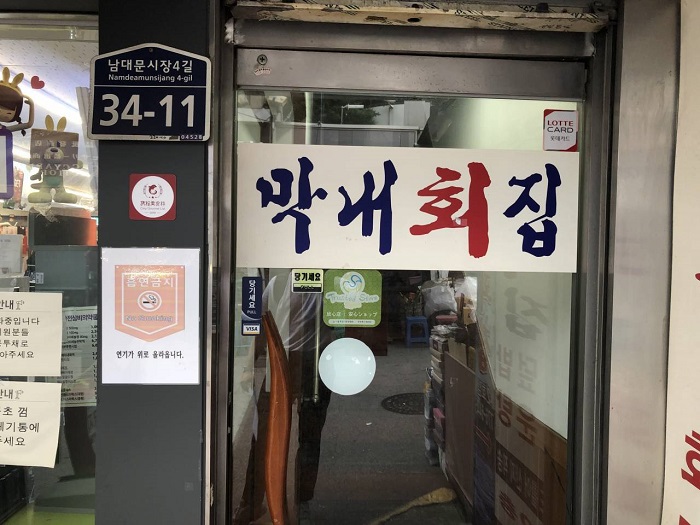
![Lemiel Plastic Surgery [Tax Refund Shop] (르미엘성형외과의원)](http://tong.visitkorea.or.kr/cms/resource/51/3313151_image2_1.jpg)

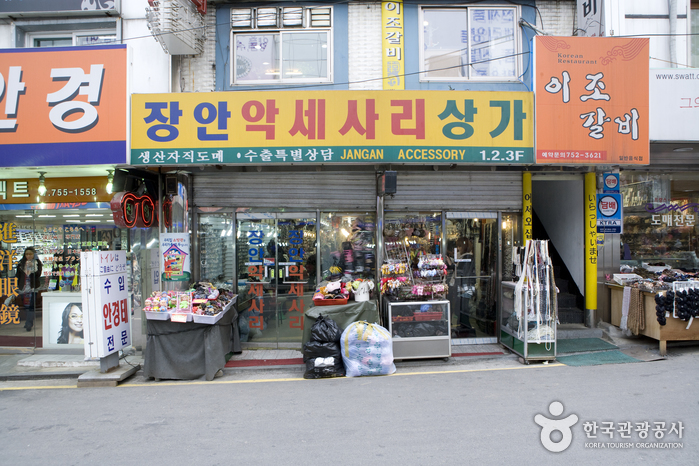
 English
English
 한국어
한국어 日本語
日本語 中文(简体)
中文(简体) Deutsch
Deutsch Français
Français Español
Español Русский
Русский